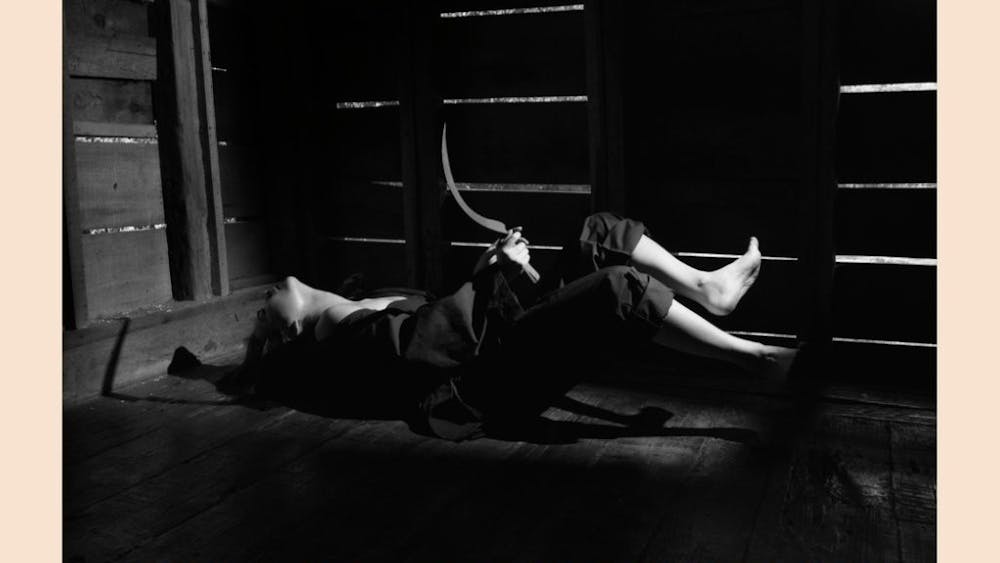It’s common knowledge on campus that IU’s public funding is plummeting, heading to less than 10 percent of the University’s total funding in seven years. Many Hoosiers hope that state legislators will resist the low-hanging fruit of higher education. They hope that Indiana will restore its University’s funding to previous levels.
But what if that doesn’t happen?
What if IU essentially goes private with a public name? How do we tie down tuition?
IU is trying to answer that question by exploring the privatization of its parking operations. At a Nov. 6, 2012 meeting of the Bloomington Faculty Council, Neil Theobald, IU’s former chief financial officer, said the University would need to be “fairly aggressive with tuition” if it did not take other action to control costs.
IU has been relying on its students for funding like never before. With tuition and fees providing a majority of IU’s revenues, the University has been trying to attract competitive nonresidents, as described in the Nov. 6 BFC meeting as IU’s “golden goose,” and charging them triple the rates of in-state students.
What else can be done? Faculty, administrators and students should be bold and creative in brainstorming solutions to IU’s funding
problem.
Here’s one idea: IU should reevaluate its myriad construction projects.
In 2010, President Michael McRobbie announced a massive building campaign that seeks to take advantage of low construction prices. We talk a lot about investing in the future, but we forget that many investments fail to produce returns.
IU should ask itself if all those new buildings will generate revenue or if preexisting space can be utilized more efficiently. Also, the cost of construction goes beyond the ribbon cutting. Even if new buildings are paid for by philanthropy, they must be staffed, maintained and upgraded.
IU could also encourage early graduation. In 2010, former Gov. Mitch Daniels urged state schools to encourage three-year bachelor degrees. Facilitating and encouraging three-year degree programs could save students thousands of dollars. Many IU students already graduate early. While some students will certainly need four or more years to finish their degrees, making it easier for others to obtain them in three would spare eligible students a hefty sum that they could put toward other uses.
One particularly controversial idea is scaling back merit aid and instead favoring need-based aid. IU currently offers a number of merit scholarships. Some of these are awarded automatically. However, critics of merit aid have said it tends to benefit students from wealthier families who tend to have higher grades and test scores. By shifting some funds set aside for merit aid to need-based aid, IU could make itself more affordable to Hoosiers whose primary concern is affordability. With that being said, there is no doubt merit aid plays a role in attracting high-scoring nonresidents who pay increased tuition.
IU could take cues from other schools. The Harrisburg University of Science and Technology in Harrisburg, Pa., has abolished tenure and merged departments to cut costs. Vance Fried, a professor of entrepreneurship at Oklahoma State University, has proposed scaling back or eliminating unpopular programs.
Increased state funding would certainly relieve some of IU’s budgetary woes. It doesn’t look like that’s going to happen in the near future, but it’s time for IU to start looking further afield for cost-control options in order to maintain its mission of affordable education for Hoosiers. And in doing that, it doesn’t pay to be timid.
— danoconn@indiana.edu
Cutting costs at the new IU
Get stories like this in your inbox
Subscribe





